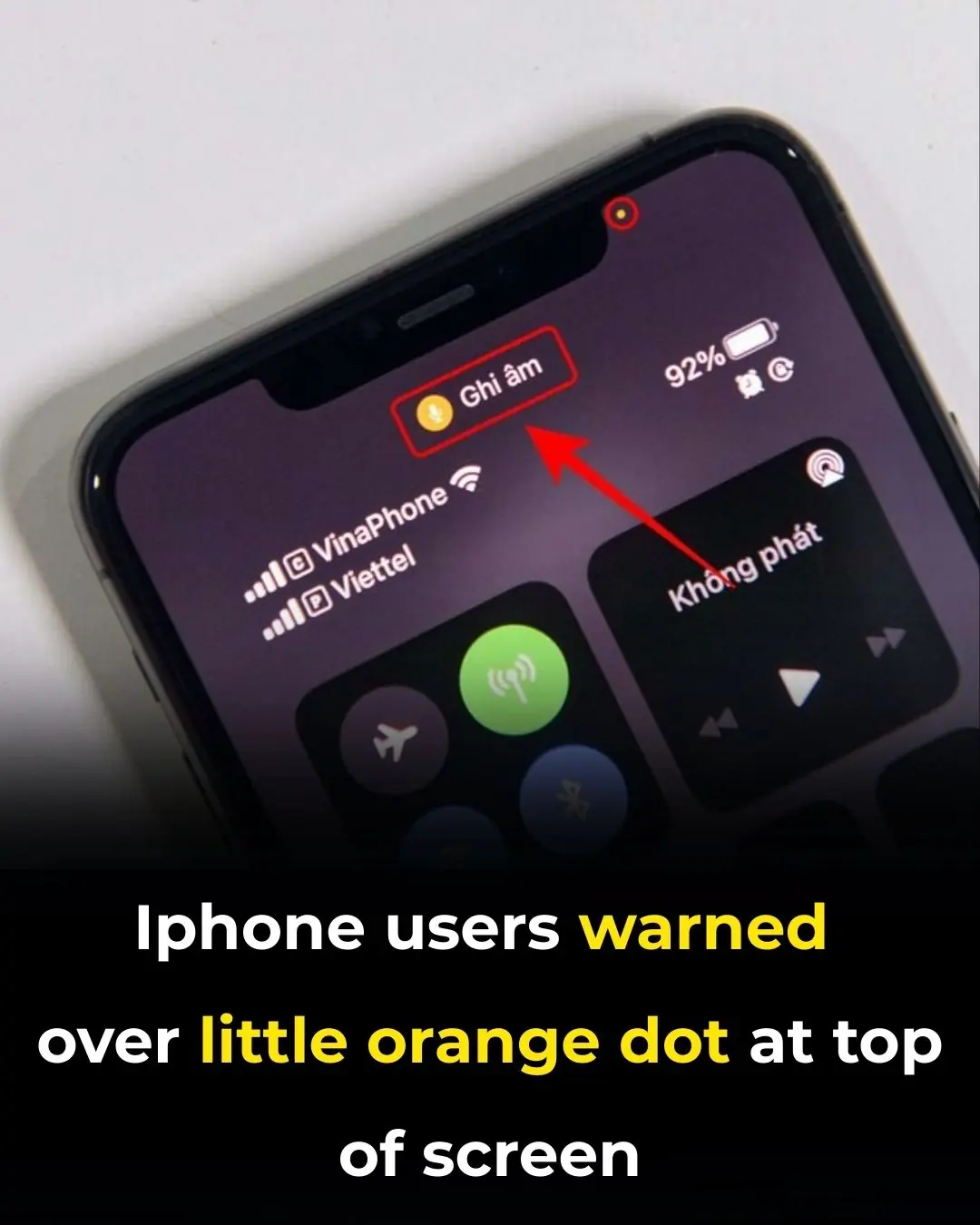
Unbelievable footage shows moment Ukraine blows up two key Russian bridges using their own mines amid WW3 fears

In a bold and strategically significant move, Ukrainian forces used low-cost drones to destroy Russian-planted mines beneath two key bridges in the Kharkiv region earlier this month. The dramatic operation, which took place on August 23, was captured on video and has since garnered international attention for both its precision and implications.
Strategic Bridges Targeted
According to the Ukrainian military, the two bridges near the border of the Kharkiv region held considerable value for Russian logistics, acting as vital resupply corridors for their troops. Their destruction marks a significant disruption to Russian operations in the area.
CNN reported that these bridges were heavily mined by Russian forces as a defensive measure, in anticipation of a Ukrainian advance. These explosives, however, became the exact target of Ukraine’s operation.
Drones Deliver Devastating Results
The 58th Separate Motorized Infantry Brigade of Ukraine confirmed that they employed first-person-view (FPV) drones—relatively inexpensive but highly effective tools of modern warfare—to carry out the strike.
A brigade spokesperson explained that they first noticed suspicious activity around the bridges, which led them to believe that something was hidden beneath them. Traditional reconnaissance drones were ineffective due to signal interference under the structure. As a result, they deployed fiber-optic FPV drones to get a clearer view of the situation.
“It became clear that something was going on there,” the spokesperson noted. “We couldn’t fly a regular reconnaissance drone under the bridge because the signal would simply disappear, so we flew in with a first-person-view drone equipped with fiber optics.”
Once the presence of Russian mines was confirmed, the Ukrainian forces seized the opportunity to inflict maximum damage. Footage from the drone shows it approaching a bridge where a stack of uncovered explosives had been placed. The video ends abruptly as the drone makes direct contact with the explosives, causing a massive detonation.
A second clip, recorded from a distance, shows the scale of the explosion, with flames and debris erupting into the sky as the drone’s impact triggers the mine cache.
Low-Cost Weapons, High Impact
What’s particularly notable about this operation is the cost-effectiveness of the technology involved. According to Ukrainian outlet Militarnyi, the drones used were fitted with TM-62 anti-tank mines and cost between 25,000 and 30,000 hryvnias, or roughly $600–$725 USD.
This stands in stark contrast to earlier Ukrainian efforts to destroy Russian bridges using Western-supplied HIMARS (High Mobility Artillery Rocket Systems), which cost millions. For instance, Germany reportedly paid around $30 million to supply Ukraine with just three HIMARS units from the United States in 2024.
The success of this operation highlights how inexpensive, agile technologies are shifting the balance on the battlefield, enabling Ukraine to carry out high-impact missions without the need for costly equipment.
Broader Context and Escalation Concerns
The strike on these bridges is part of a broader Ukrainian strategy to disrupt Russian supply lines and undermine their control over occupied territories. Just months earlier, Ukraine targeted the Kerch Bridge, a 12-mile-long structure connecting mainland Russia to Crimea. That attack, orchestrated by Ukraine’s SBU security service in June, involved a massive underwater explosion that temporarily halted traffic.
This marks the third time Ukraine has attacked the Kerch Bridge since 2022, signaling its persistent effort to sever key logistical links and isolate Russian forces in Crimea.
Rising Global Tensions
The latest strike also comes amid heightened fears of a broader conflict, with some commentators and political figures warning about the risk of global escalation. On August 25, former U.S. President Donald Trump suggested renaming the U.S. Department of Defense to the “Department of War,” claiming that the current title is “too defensive.”
“Defense is too defensive,” Trump stated. “We want to be defensive, but we want to be offensive, too—if we have to be.”
Trump recently met with Russian President Vladimir Putin in Alaska in an attempt to broker a ceasefire in the ongoing war. While no agreement was reached, Trump expressed optimism about a potential resolution, saying, “we have a very good chance of getting there.”
Following the meeting, Trump hosted leaders from Europe, including Ukrainian President Volodymyr Zelenskyy and UK Prime Minister Keir Starmer, at the White House to discuss paths toward peace.
Conclusion
As Ukraine continues to innovate on the battlefield, utilizing cost-effective drone warfare to deliver precision strikes, Russia faces increasing pressure on its supply routes and defensive positions. While the international community watches closely, the situation remains volatile, with each attack contributing to a broader narrative of resistance, resilience, and rising geopolitical stakes.
News in the same category


Saw This Trick For Oven Cleaning

Shipwreck survivor who watched her friend get 3at3n by a shark recall the horrifying moment it all went wrong

Bruce Willis’ wife gives heartbreaking update after explaining why they now live separately amid dementia diagnosis

Woman who ‘died for 17 minutes’ during gym session details exactly what she saw before being resuscitated

Trump pictured for the first time after bizarre rumors of his d3ath broke internet

Mom of US woman 'found' alive living thousands of miles away makes heartbreaking claims about daughter’s ‘brainwashing’

Teenager With Higher IQ Than Stephen Hawking Gets 23 A-Levels With Grades of A and A*

Disturbing Reason Donald Trump ‘Specifically Requested’ to Have the Mexican Border Painted Black

Man’s Refusal to Pay 25% Tip Ignites Debate on Tipping Culture

Do You Think Like an FBI Agent

The Mystery of the Milk Bottle Dent

What Your Favourite Chocolate Says About You

Think Bottled Water Is Safer Think Again

Saw This Trick For Oven Cleaning

Understanding the Relationship Between Breast Size and Hormonal Health

If you have these two holes in your back, it means…

More Americans applying for refugee status in Canada, data shows
News Post

Delta Pilot Spends Year’s Salary to Fly 112 Friends to Hawaii for Epic Retirement Sendoff

1 cup before bed: end restless nights and repair your nerves

5 foods that heal your body and STARVE cancer—eat these now!

Mixing Beer with Sugar or Detergent: A Brilliant Solution to a Common Household Problem You Shouldn’t Miss

A Wild Herb That Grows Like Weeds, Used in Soups to Nourish the Liver and Strengthen Joints, Yet Most Vietnamese People Always Pull It Out When They See It

Is It Safe to Eat Rice Left Overnight in a Rice Cooker? A Personal Story and Expert Advice

Preventing Stroke At Any Age: 3 “Don’ts” After Meals—And 4 “Don’ts” Before Bed

Apple’s iPhone Users Are Justifiably Concerned By The New Meaning Of The Orange Dot On Their Screens

The Truth About “Old Person Smell”: What Causes It And How To Get Rid Of It

12 surprising foods that help dissolve blood clots naturally

Drinking perilla and lemon leaf tea brings these amazing health benefits to your body

Using just a handful of Paederia foetida leaves, even severe lung inflammation can clear within a week — with results that surprise everyone.

5 Essential Life Skills Children Should Learn Early to Protect Themselves and Help Others

New B::l:ood Pressure Guidelines: 4 Things I Like and 2 Concerns

Intuitive Eating: A Non-Diet Approach Your Patients May Love

Saw This Trick For Oven Cleaning

Global Prevalence of Hidradenitis Suppurativa Approaches 1%

Who Should Avoid Eating Chicken Feet?
